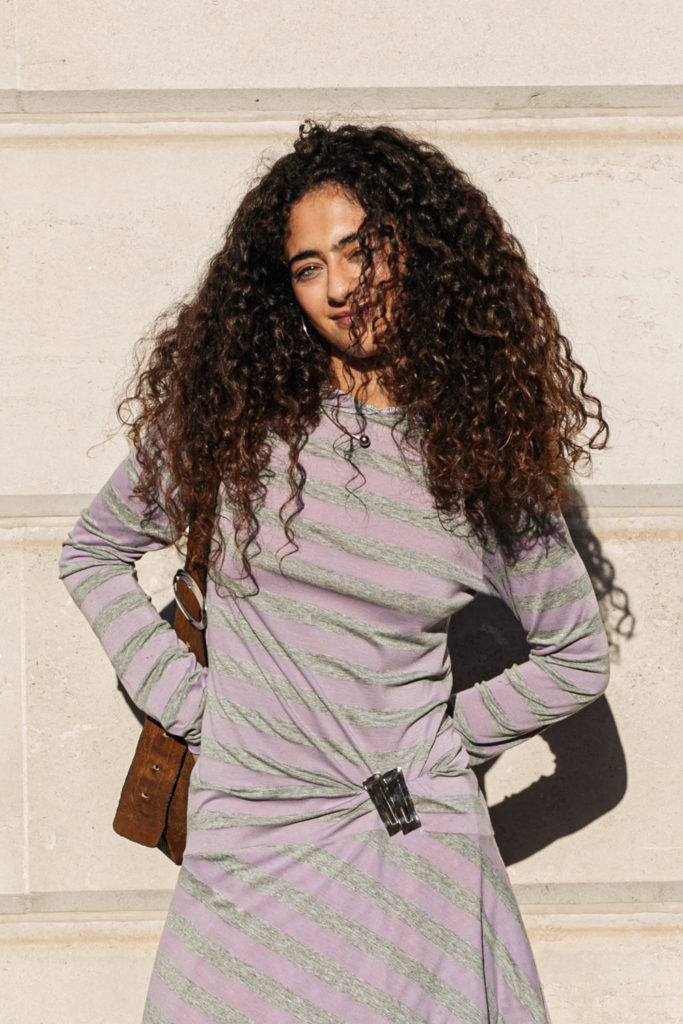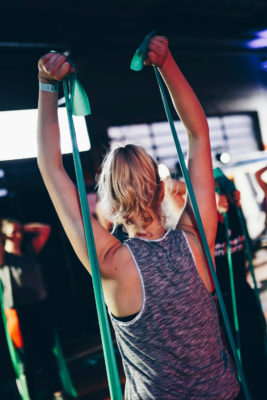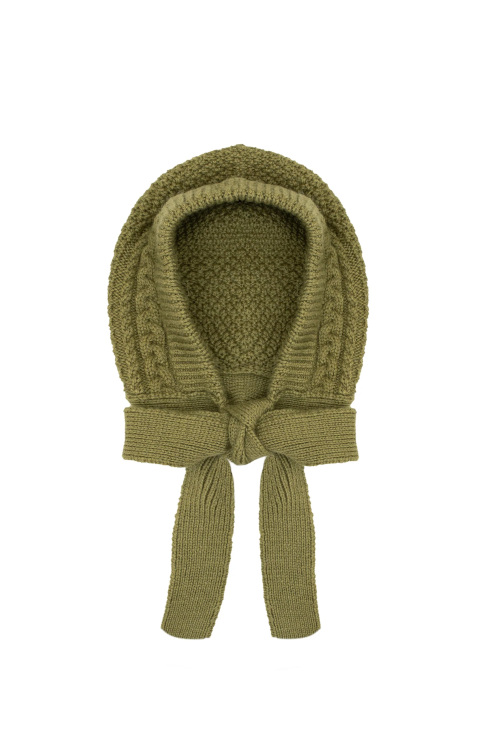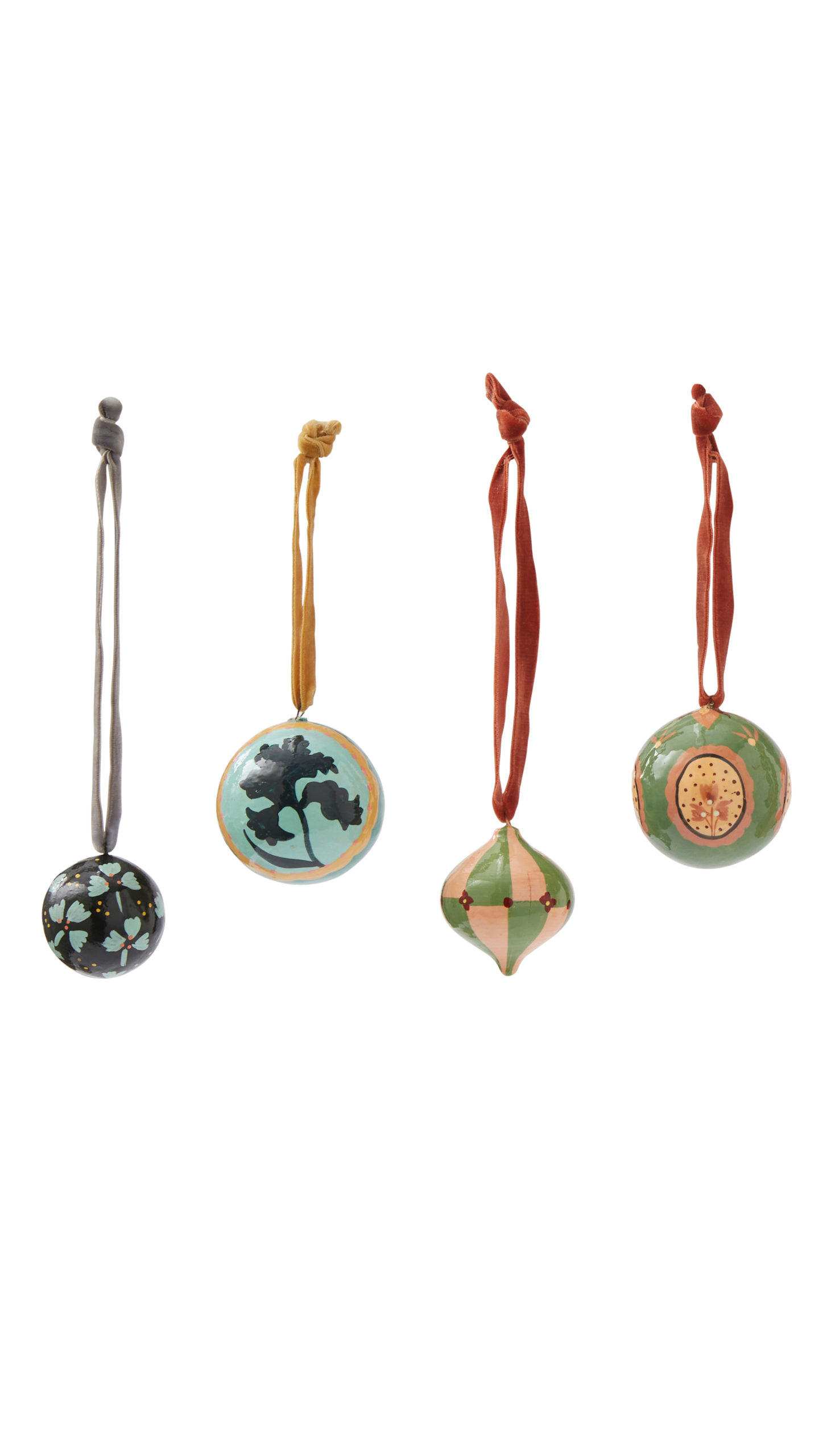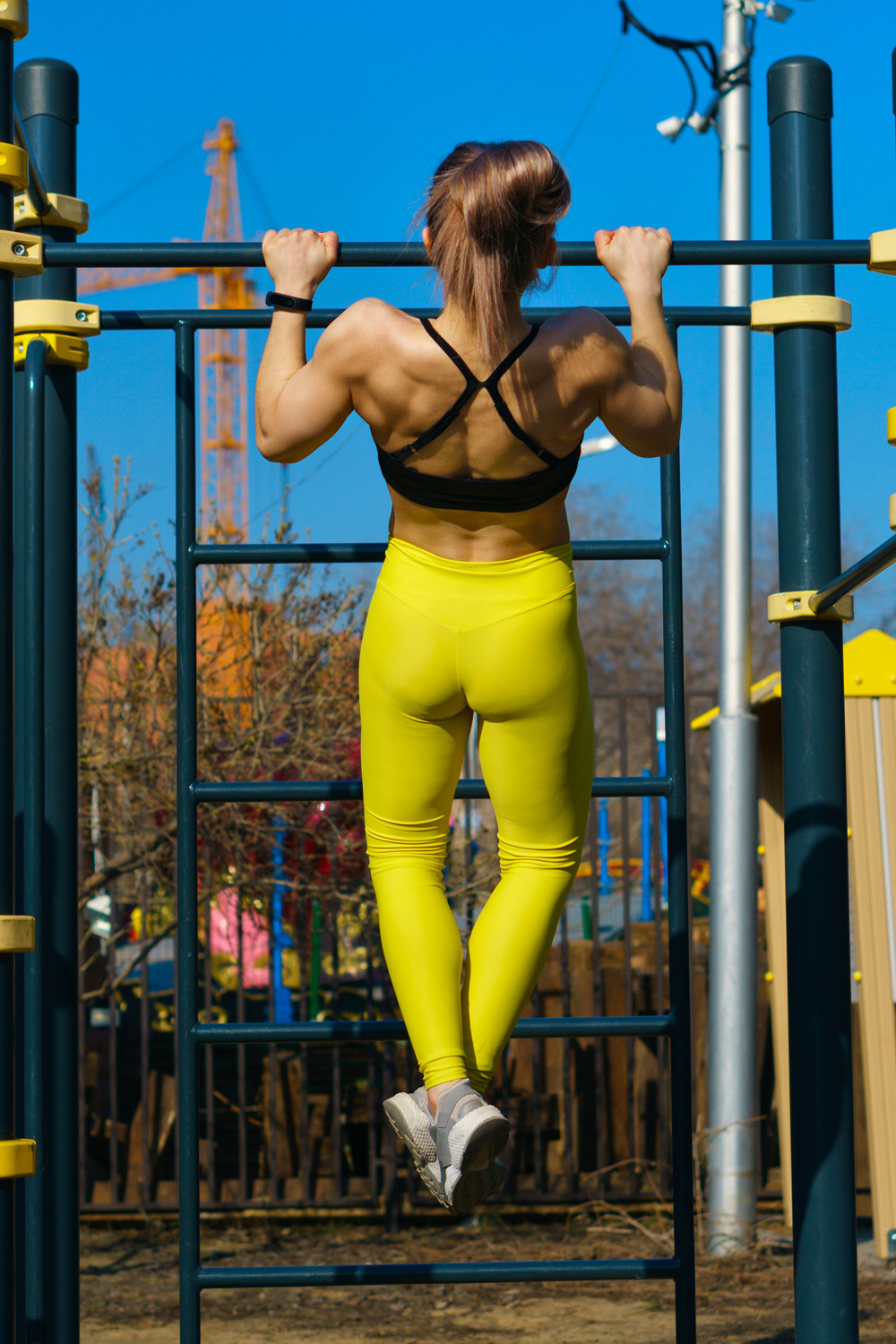
How To Learn To Do A Pull Up, According To A PT
By
11 months ago
Trainer-approved tips and exercises
The pull up is a notoriously challenging exercise. It might not involve heavy dumbbells, but lifting your entire bodyweight against gravity is tough, and requires strength in several muscle groups including your arms, shoulders, back and core. However, with a bit of perseverance anyone can learn to do one – and mastering the move is incredibly rewarding. Made it your fitness goal for 2025? Here C&TH’s Ellie Smith, a qualified personal trainer, shares a guide to achieving your first pull up.
A Beginner’s Guide To Pull Ups
What Is A Pull Up?
A pull up is an advanced bodyweight exercise which involves hanging from a bar and lifting your body upwards until your chin reaches above the bar. The move recruits multiple muscles including the latissimus dorsi (the large muscle that runs along the back and stretches to the sides of the body), the trapezius (the triangular muscle in the upper back), the biceps (these sit on the front of the upper arm) and the core (the central part of the body including the lower back, spine and abdominals).
The exercise can be performed on a dedicated pull up bar, which you’ll find within gyms and sometimes dotted around parks. Alternatively, you can buy an at-home bar which can be attached to a door frame or drilled to a wall.
Pull Up Vs. Chin Up: What’s The Difference?
When it comes to this exercise, the two most common kinds you’ll spot people doing at the gym are classic pull ups and chin ups. The key difference is the grip: a pull up uses a wide pronated grip (the palms face away), while the chin up uses a supinated, slightly narrower grip (the palms face towards you). A chin up is generally considered slightly easier as it utilises the biceps more, however it does depend on individual areas of strength and body type.
Exercises To Help Build Strength
If you’re completely new to pull ups, the first place to start is building up your upper body strength – in particular, the back and the biceps. Some of the best exercises to incorporate into your training regime are:
Lateral pulldown: A back-focused exercise that’s performed using a machine. Take a seat and adjust the pad to sit close against the thighs, then stand up and hold the bar with the palms facing away from you. Sit down, extend the arms and pull the bar down towards the chest, before returning it to the start position. Focus on engaging your core, maintaining a neutral spine and squeezing your shoulder blades together at the bottom of the movement.
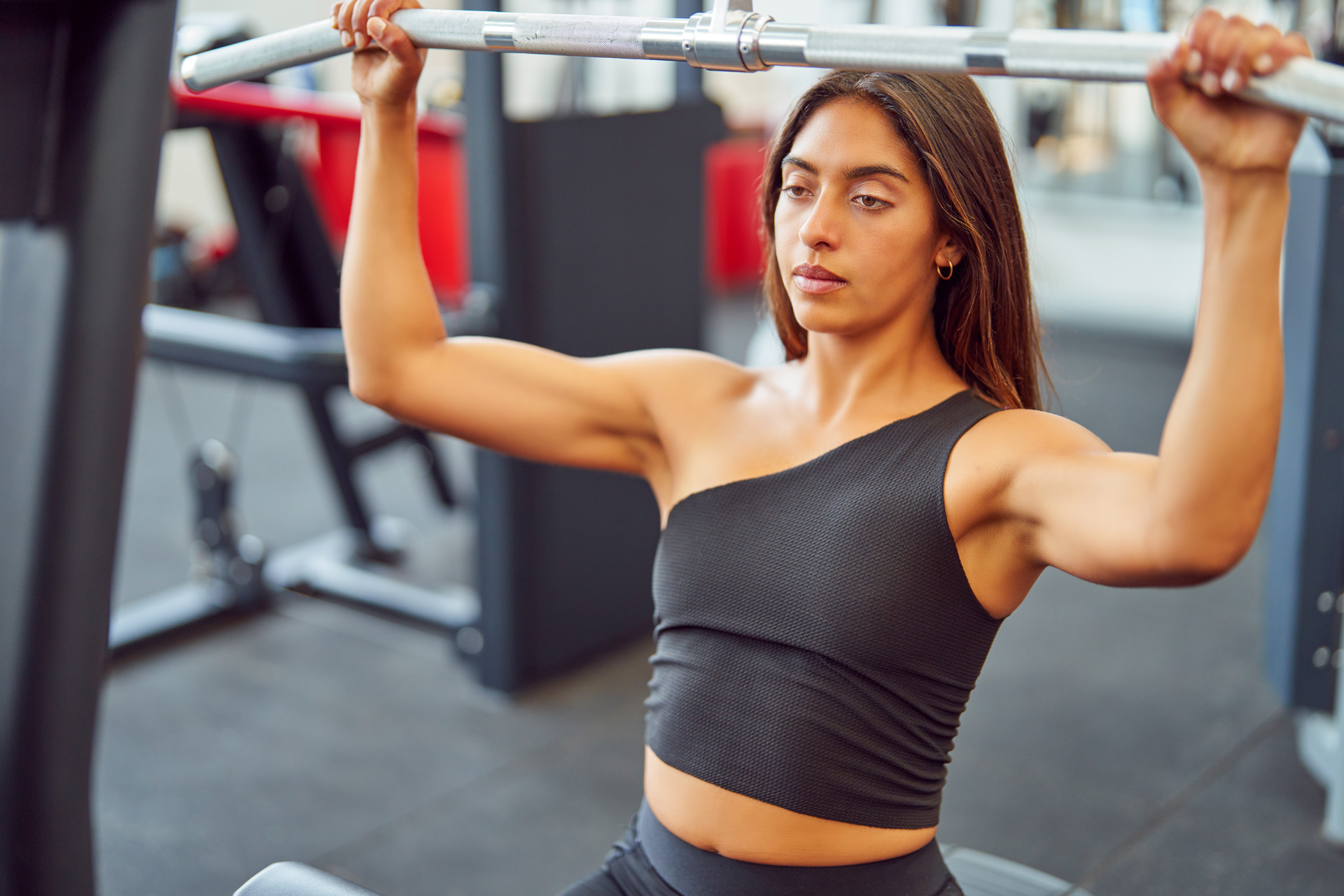
Getty Images
Single-arm bent-over row: Another back-strengthening exercise, bent-over rows are usually performed with dumbbells, using a bench. Hold a dumbbell in one hand, and kneel on a bench with the opposing leg, with your hand resting on the bench – making sure the other foot is firmly planted on the ground. Maintain a neutral, flat back (think about zipping the belly button towards the spine) and row the dumbbell towards your hip, as if rowing into your back pocket, then slowly return the weight to the starting position.
Dead hang: To help build up your grip strength and core stability, it helps to master the dead hang, AKA hanging from a bar with your arms fully extended. Your hands should be slightly wider than shoulder-width, with the palms facing forwards. Engage the core, and hang for a few seconds – start with around five seconds, then build up to 10, 15, 20 and so on. Avoid arching the back and keep the pelvis tucked under. If you find your body is swinging, try crossing your legs at the ankles.
Bicep curl: An isolation exercise used to strengthen the biceps. These can be performed either alternating single arms or with both arms at once. Begin by holding a dumbbell in each hand with an underhand grip (palms facing away from you), then extend the arms so they sit above the thighs. Slowly curl the weight (or weights) up, keeping your elbows close into the body and the upper arms stationery, avoiding tensing the shoulders.
Assisted pull ups: Once you feel ready, it’s time to head over to the bar – but before you dive straight in, consider working your way up to the exercise with some assisted pull ups, using a long resistance band. Loop the band around the bar so that one end is secured, and place your foot into the loop at the bottom (it helps to tuck the other foot around it, for balance), then perform a pull up. The stronger the band, the more support you’ll get. Once you can do around eight to 10 of these, you’re ready to try without the band.
How To Do A Pull Up With Correct Form
- Begin by standing below a horizontal bar where you can hang freely.
- Place your hands on the bar in an overhand grip, with your hands slightly wider than shoulder-width apart. You can either jump up to do this, or place a box slightly in front of the bar, then stand on it, grab the bar and step off.
- Hang from the bar with your arms fully extended, tightening your core and un-shrugging your shoulders (think about pulling them back and down away from your ears).
- Bend your elbows and pull your body up until your upper chest reaches the bar, with your chin above it. Try not to swing your legs, maintain a firm grip, and recruit your back and arm muscles rather than just relying on your shoulders.
- After a second, extend your elbows and lower with control, bringing your body back down to the hanging position.
- Start by performing one, and work your way upwards.
What Are The Benefits Of Pull Ups?
- Pull ups are a compound exercise, which means they work numerous muscles at once – up to 21, according to a 2014 study. They’re a highly effective exercise for building upper body strength.
- They help improve your grip strength, which stabilises the wrists, reducing the risk of strains and injuries – and making you stronger in everyday tasks like carrying shopping and opening jars.
- Pull ups help improve your posture as they require serious work for your core and back muscles.
- Strength training in general offers a plethora of health benefits including improved bone density, better joint health and increased metabolism.
Ellie has a Level 3 Personal Training qualification with NASM






